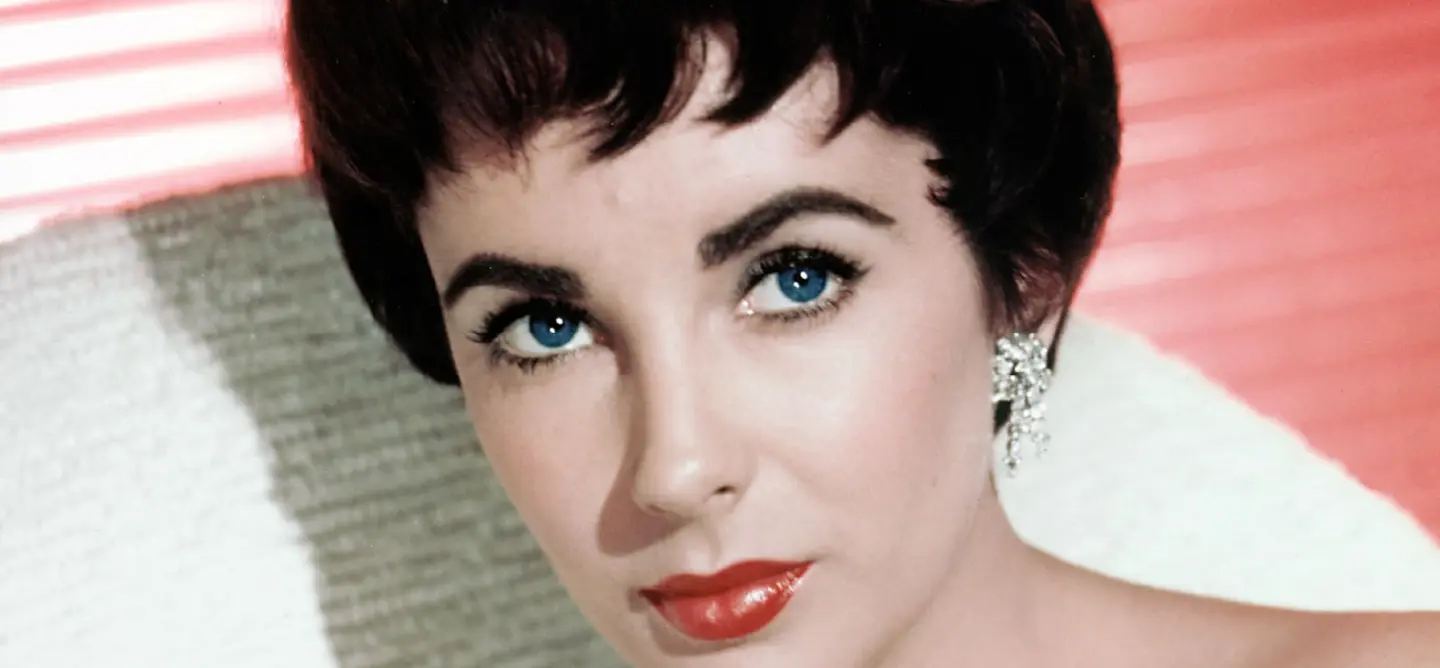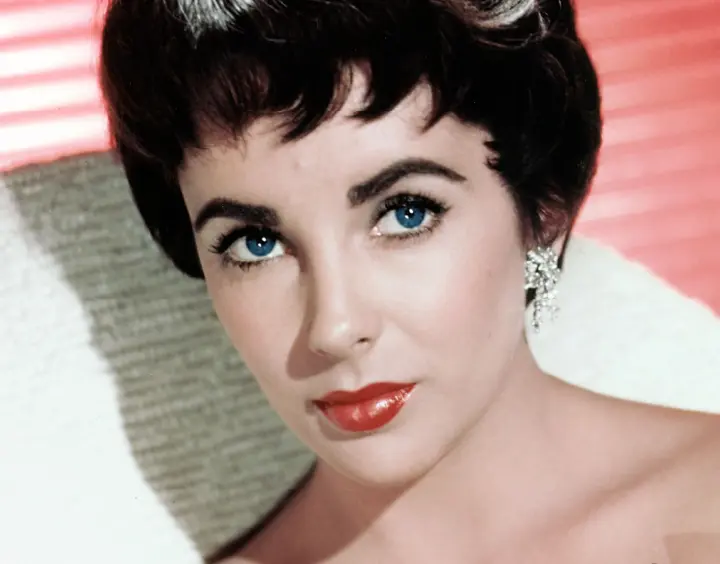Popular Searches

Only One Charade for Grant and Hepburn
Only One Charade for Grant and Hepburn
Audrey Hepburn
When Charade was released in December 1963, Pauline Kael, one of the most influential American film critics of her day in her review for the New Yorker magazine, commented; “I couldn’t persuade friends to go to see Charade, which…was, I think, probably the best American film of last year.” The reason for the lack of public interest was that the world was a different place to what it had been just weeks before. The assassination of President John F. Kennedy on November 22nd, 1963 had sent Americans into despair. It was Charade starring Audrey Hepburn and Cary Grant with a Henry Mancini score, Givenchy dresses, suspense, glamour and set in Paris, that offered the American public something they could lose themselves in even if only briefly during those dark days.
Behind the scenes, Hollywood was floundering, with the recent passing of cinematic greats such as Marilyn Monroe, Humphrey Bogart and Clark Gable, and the retirement of Grace Kelly, the movie industry was, in some ways, losing its identity. Sales of the recently invented television were on the rise which meant the public could be entertained in their own living rooms without having to go to the cinema. Screenwriter Peter Stone approached seven studios with the screenplay for Charade and was rejected by each in turn. As a result, Stone decided to turn his screenplay into a novel which went on to be serialised in Redbook Magazine. Seeing the screenplay in print increased interest and led each studio to express an interest in making the movie.
With a small cast boasting four Academy Award winners and twice nominated Cary Grant, the movie, with Hepburn taking the lead role, was sure to be a hit. The complexity of Stone’s script – a thrilling mix of comedy, multiple identities and romance – meant it became known as “the best Hitchcock film Hitchcock never made.” Prior to this Grant had turned down the chance to star opposite Hepburn in the movie Love In The Afternoon as he felt himself too old to be a credible love interest for her. He had also been touted to play the lead role in Sabrina before the part went to Humphrey Bogart. With a twenty-five-year age difference between himself and Hepburn, he persuaded Peter Stone to write it into the script that her character would do all the romantic running.
In fact, it seems Stone would take real life experiences between the two stars and include them in the movie, albeit with a little twist; in one scene Regina (Hepburn) spills ice cream on Peter’s (Grant) suit as they travel down the Seine on a boat, which was based on a real-life event where Hepburn spilled red wine on Grant at a party.
When the movie finished filming, Grant was quoted as saying “All I want for Christmas is to make another movie with Audrey Hepburn” and over the following years his wish was almost granted. The following year Grant was offered the part of Professor Higgins in My Fair Lady with Hepburn as co-star and he also requested Hepburn star alongside him in Father Goose. However, it was not to be, and he would retire from acting in 1966. Hepburn went on to make several more movies, and while the likes of Steal a Million, Two for the Road and Wait After Dark were well received, there is a magic in Charade that seems to be lacking in her later movies.
Newbridge Silverware have a black two piece cocktail outfit made up of a fitted sleeveless top and a matching skirt of black wool moss crepe, trimmed in imitation jet pailets and lined in black silk; a stunning cream wool dress, with a bateau neckline and a black waistband, and a beautiful mustard knee-length coat with large fabric covered buttons in contrasting black that Hepburn wears in the penultimate scene of the movie – all by Givenchy – on permanent display in the Museum of Style Icons.Entry is free.




